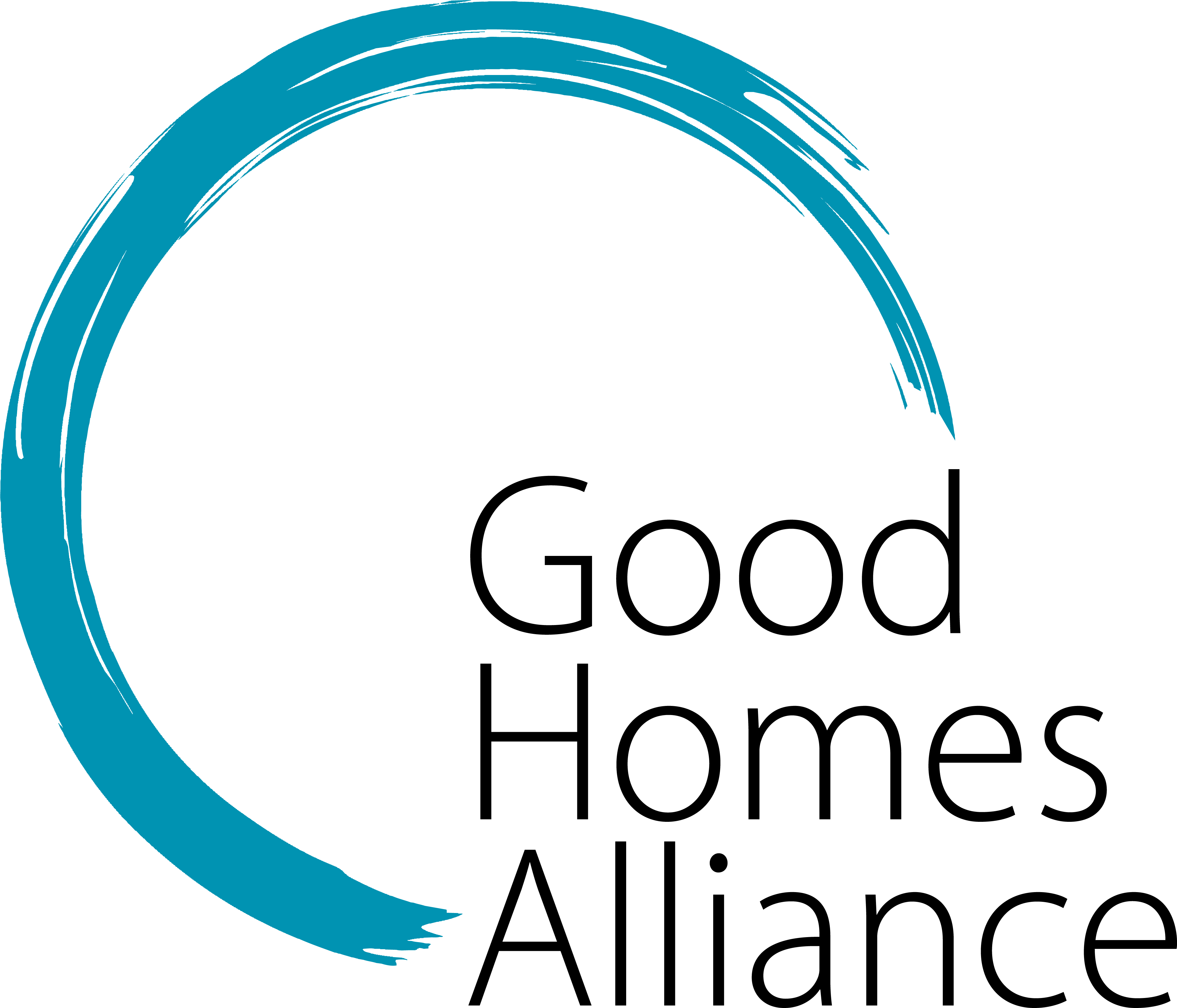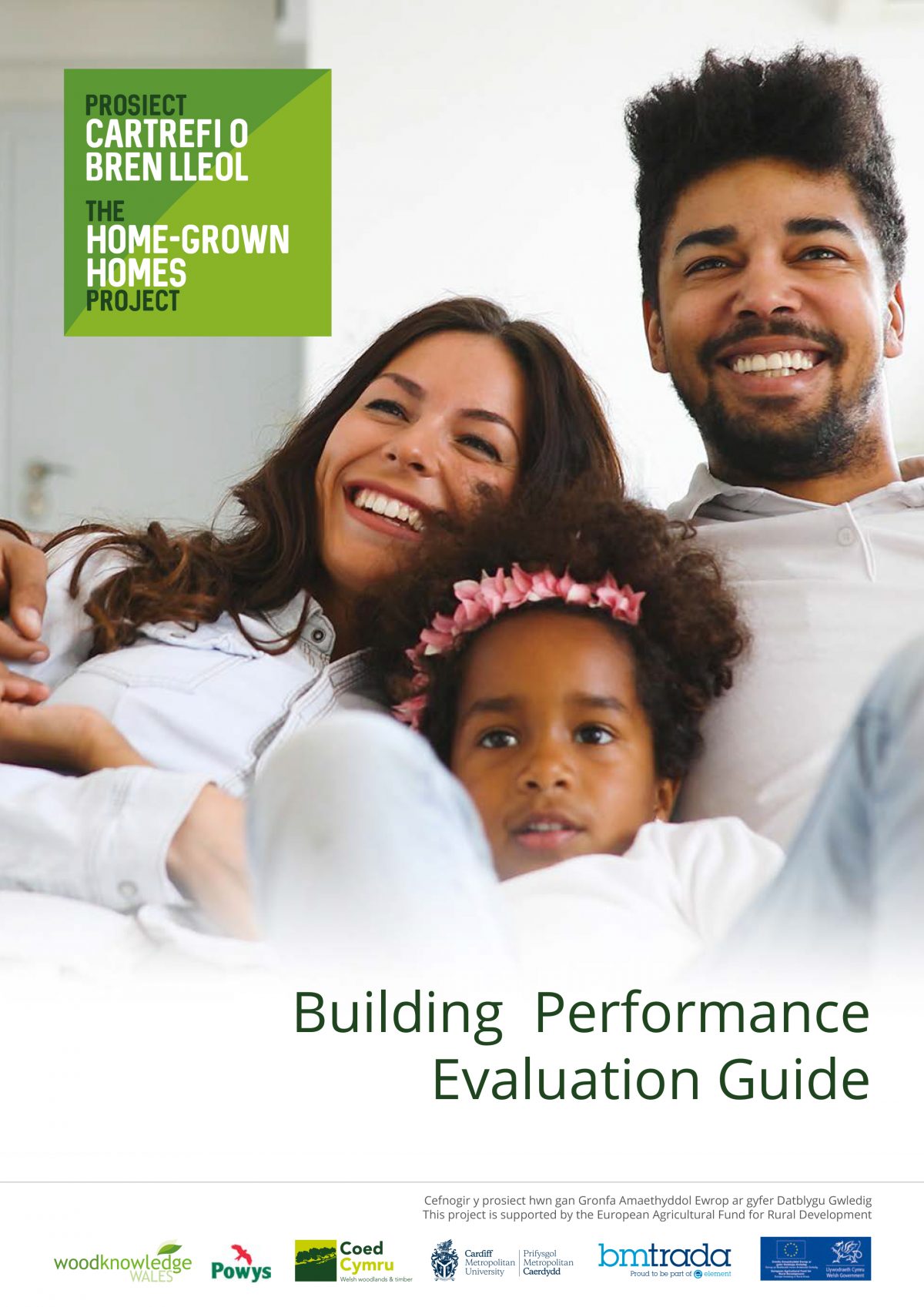This guidance is aimed at housing clients, and anyone interested in Building Performance Evaluation (BPE) who wants to evaluate and improve the performance of homes.
Its purpose is to provide an introduction to applying BPE in practice on projects, with:
- Information for clients and project managers to gain an overview of the benefits of BPE, what the main BPE techniques can do, how to procure it, and the main activities to plan throughout a project from design to occupancy
- Guidance on the main BPE techniques available
- Tools for day-to-day use on projects, complemented by more detailed guidance, examples and references.
This guidance recommends a “core” BPE scope for clients and project teams wanting to understand and improve the performance of their homes. This provides a holistic look at performance, including people, the indoor environment, fabric performance, energy use and water use. It highlights how BPE techniques can work together, and the interactions between energy performance, people, and the indoor environment. It limits the involvement of experts and expensive equipment. Instead, the aim is to embed building performance throughout the project stages and empower project teams to deliver high performance.
Authors: This guidance has been produced for Woodknowledge Wales on behalf of the Home-Grown Homes project. The document was authored by Susie Diamond, Inkling & Julie Godefroy Sustainability, for the Good Homes Alliance.
Publication date: January 2021

